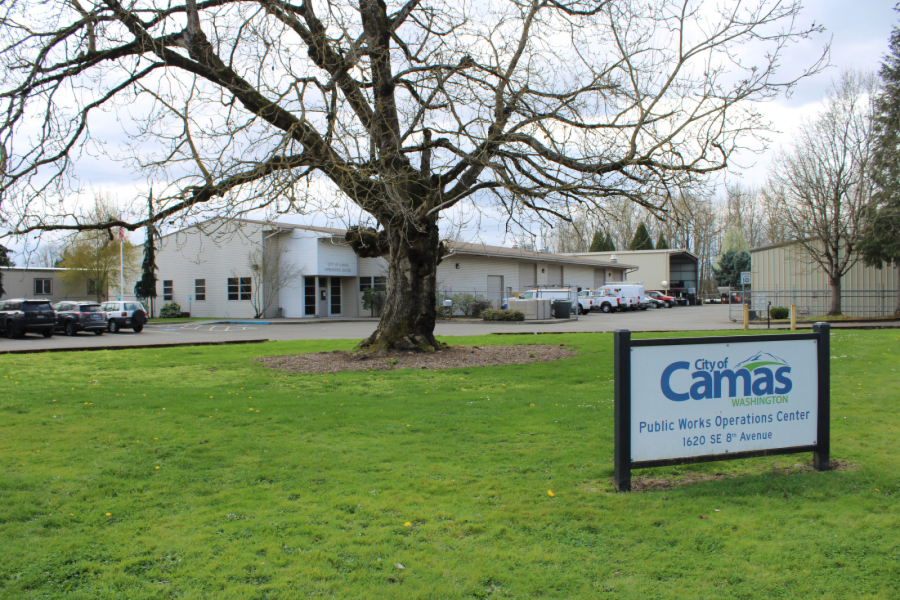Camas officials have approved a $1.61 million contract with an environmental engineering firm to help address “forever chemicals” found in the City’s drinking water supply.
“Like many Washington communities on the lower Columbia River, the city of Camas is proactively developing a strategy to discuss and address the public health concerns associated with per- and polyfluoroalkyl (PFAS) substances in its drinking water,” the consultant’s scope of work document presented to Camas City Council members in mid-March explained.




